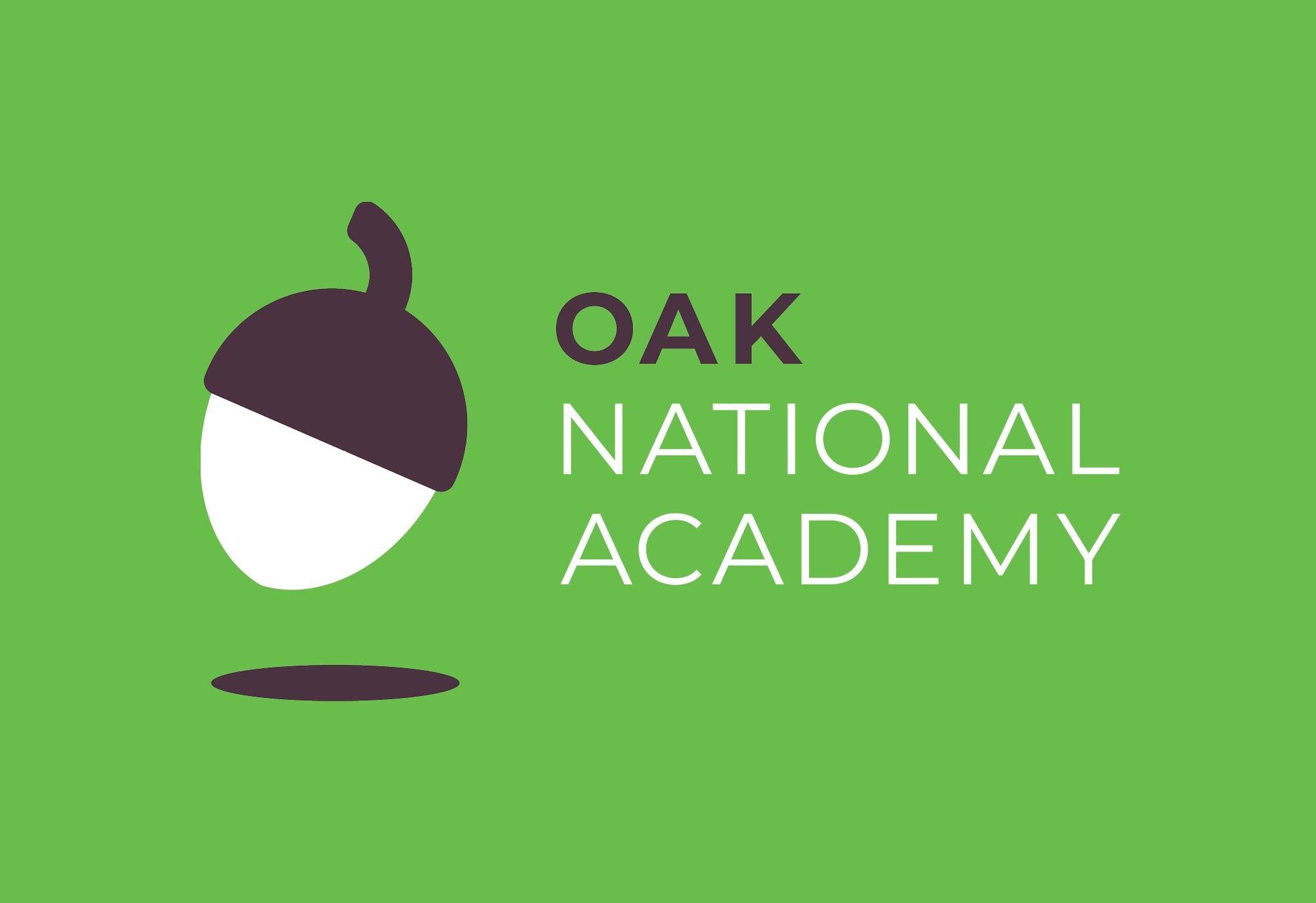Dealing with interruptions to teaching: What Oak has learned and the months ahead
Matt Hood, Principal, Oak National Academy
It feels like a sobering understatement to say that schools have been up against it this year.
It’s hard to have imagined back in April when we launched Oak National Academy that schools would still be facing so much disruption. We even had a moment in July when recording the 10,000 lessons for this year when we thought, ‘hang on, is this all a waste of time?!’ But as we edge closer to Christmas, the numbers of pupils using our site continues to steadily rise. Far from good news, this means the pressure continues to increase for those at the chalkface.
With its immense challenges the first lockdown gave us all a similar starting point, the proverbial plug being pulled at the same time for us all. Digital divides, setting up virtual learning platforms and printing resources was a tide we were all swimming against, and perhaps it’s honest to say we were treading water until we could all ‘get back to normal’.
Fast forward nine months and the reality for many is the prolonged disruption is harder to plan for. To have a few pupils, or a class bubble, missing from school while the majority remain in feels like it should make lighter work.
But much like parents often describe the arrival of a second child as far more than twice the work it just feels like there’s not enough of the most valuable resource of the classroom – the teacher – to go around.
Much like that second baby’s arrival, the newest lockdown has tested teachers’ capacities to the limit.
We’ve seen over 1.7 million pupils using Oak since September, with half a million (578k to be exact) visiting over the past week alone, a jump of 38% on the week before.
We’ve learnt some valuable lessons since the first time the floodgates opened, which I hope are worth sharing as the demand for Oak’s resources continues to grow.
Map in advance
A small investment up front really helps. It’s easy to say and time is borrowed currency at the moment, so I know that thinking beyond the week ahead can be tricky.
Plan your curriculum and consider what you’re going to do in different scenarios. Will you do live online teaching? Or use pre-recorded lessons? Or a mix? How much content will you try and cover? Leadership teams doing this can save shed loads of time for teaching staff.
See where your curriculum maps to existing online resources – be that Oak’s 10,000 lessons or the range of others out there. Make curriculum choices for what works in your school or setting, but reducing workload is the number one thing you can do for yourself or your staff.
Focus on doing the important stuff
Simply put – don’t recreate the wheel. If there are good resources available, use them. Using pre-prepared resources frees up time for teachers to spend on the more important activity that online resources and tools simply can’t do. The wellbeing and attainment of pupils is vital, especially this time around – so focus up on regular check ins with pupils and parents, checking understanding and learning and intervening for those who need extra support.
Communication is key
Communication is the foundation for your plan cutting it longer term. Planning in advance with teachers is a given – but parents and pupils need to be heavily involved too. We can all agree that the aim is to make the transition as smooth as possible if pupil absence strikes. So make sure you’ve practised it first and you’re upfront about the process and expectations early. A top tip we’ve seen is teachers setting Oak lessons as homework now, so if a class bubble bursts pupils and parents alike are familiar and comfortable in using it.
Access is everything
It can sometimes seem like our pupils are a generation ruled by technology, but access to laptops and wifi is not a given for a lot of kids. Consider which families might need extra support. Have they got not only devices, but also data? And if not, how are you going to make remote learning as easily available to them as those who do? More needs to be done to make sure no child is left out of online learning (such as Vodafone’s welcomed announcement this week of 250,000 free sim cards and 90 days of free data for disadvantaged pupils) but checking in with families and planning in an alternative way for them is a really simple start.
There’s no denying the fact that we’re experiencing the toughest term in many of our careers and might continue to do so for a while yet.
But facing the disruption head on means we can certainly be swimming with the tide this time around instead of against it.
